The Role of Remote Monitoring System in Different Industries
Remote Monitoring System Explained
- A remote monitoring system (RMS) is a technology or a toolset that enables businesses to remotely track smart devices, collect data, monitor device health and performance, and watch device activities in real-time.
- It also helps detect the cause of downtime and troubleshoot issues at early stages without physically checking the devices.
In this article, we will discuss some applications of RMS in different industries and their benefits to organizations, also the ways to implement it in your businesses.
1RMS Varies in Meaning Across Industries
Healthcare
Remote monitored systems in healthcare are crucial in streamlining various tasks to improve patient care, clinical outcomes and other healthcare services. The uses of RMS in healthcare include:
Remote patient monitoring: Medical staff can remotely track patients' chronic health by monitoring wearable devices. Specialized wearable gadgets are delivered to patients to wear in their hands and are remotely tracked for proactive treatments.
These devices may provide necessary information about patients' health, such as blood glucose level, blood pressure, sleep time, asthma, heartbeat, weight loss or gain, and diabetes.
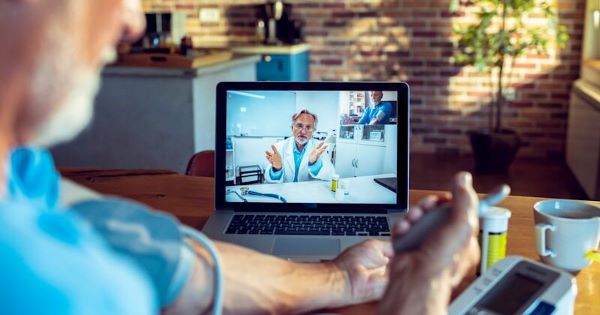
Telemedicine system: It also helps to incorporate telemedicine consultation and virtual check-ups of patients. RMS facilitates medical staff's remote assessment of symptoms and diagnosis of patients' diseases, providing emergency treatment options.
Doctors can also track patients' health anytime with RMS after they are discharged from the hospital.
Manufacturing
RMS in the manufacturing sector helps to optimize the production process, enhancing efficiency, quality, and worker safety.
Condition monitoring system enables supervisors, operational managers, and admins to monitor machinery and equipment in the manufacturing unit remotely.
Some sensors collect data like temperature, pressure, and other crucial factors, and admins can access this data remotely to detect potential issues and resolve them in minimal time.
RMS also allows for setting predictive measures as workflows automatically initiate when a particular problem arises.

Production tracking system is a valuable tool for diagnosing issues for improvement in production processes, packaging, and inventory management.
Manufacturers can track their product delivery to customers, warehouses, and retail shops using IoT or other tracking devices.
Remote monitoring helps manage KPIs and optimize resource allocation, resulting in streamlining operations.
RMS also facilitates employee remote training and helps managers remotely support the working team whenever an issue arises.
IT
RMS incorporate network monitoring tools to analyze and collect device-related data like latency, data consumption, and device status at any time to find elements that can improve services and optimize costs.
RMS allows real-time monitoring of managed devices, including device activities, virtual machines, downloaded apps, and servers. It sends alerts to the admins for various actions, such as app crashes, data sharing, and excessive processor usage, so they can take timely action and prevent downtime or serious damage.
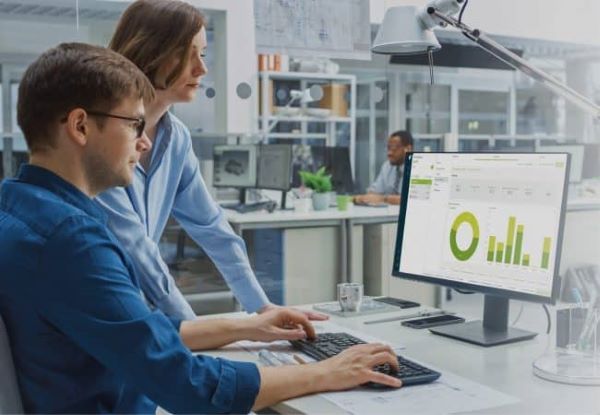
Like other industries, RMS also serves as a security monitoring tool for IT businesses by providing real-time and continuous IT infrastructure monitoring.
It provides IT teams with remote security controls and threat intelligence feeds to enhance the agility of cyber operations.
Agriculture
The remote monitoring system (RMS) has become vital in today's agricultural system because an RMS like crop monitoring system can help managers, ranchers, farmers, and large companies working in the agricultural field understand and analyze the needs of soil and crops to produce more food.
Incorporating RMS helps reduce costs by efficiently planning and taking precautionary measures to avoid damages.
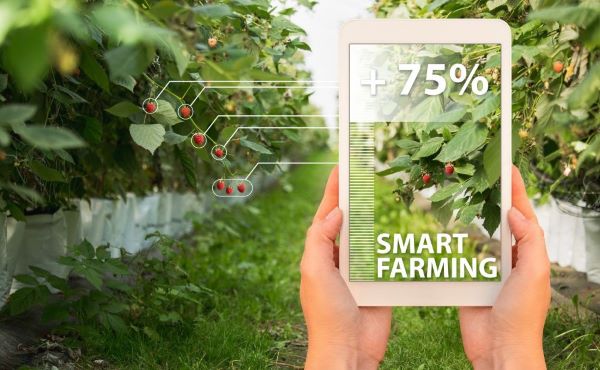
Rain is a significant water source for crops, and careful analysis of the need for water is possible with the latest technology. There are various other factors farmers must consider, which keep changing with time.
So, remote monitoring helps to gather information with the help of sensors and other equipment. Weather forecasting is essential to know about rain so farmers can manage water promptly with the irrigation process (another important source for watering crops).
RMS uses various sensors and satellite imagery to monitor crop health. These sensors provide information about soil moisture, temperature, nutrient level, and humidity so farmers can easily decide which crop will produce more in that area.
Environment
RMS for the environment department is crucial for monitoring real-time factors by connecting the system with specialized sensors to analyze and detect various environmental conditions.
Some critical factors, like rapid temperature and humidity changes, water leaks, power shortages or downfalls, and other similar issues, can damage businesses.
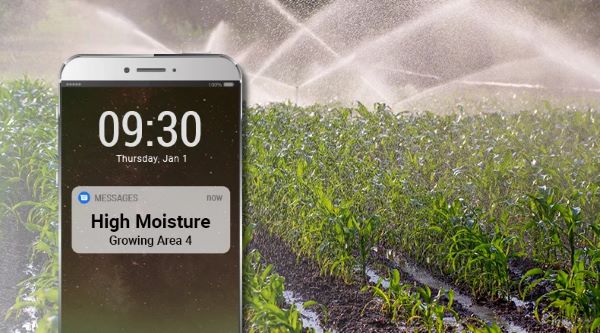
Remote monitoring helps relevant teams send alerts to concerned entities and take maximum precautionary measures to save lives and costs.
Moreover, they are controlled to a great extent by implementing proactive techniques like workflows. RMS eliminates the downtime of business devices due to environmental factors and ensures continuous working.
2How to Implement Remote Monitoring?
Let’s discuss different device types and how to incorporate them in businesses with remote monitor system using different software.
| Types | Device Examples |
|---|---|
| Mobile Devices Monitoring | Android, iPhone, and Windows Smart phones and tablets. Wearable devices like Apple and Samsung smart watch. Windows and Apple laptops. |
| IoT Devices Monitoring | 1. Smarthome IoT devices: Thermostats, security cameras, doorbells, and locks. 2. IoT healthcare devices: RPM, smart pills dispensers, and wearable devices. 3. Transportation IoT devices: Smart parking sensors, telematics devices, and vehicle tracking devices. 4. Environmental IoT devices: Soil moisture and water quality sensors, air quality and weather stations. 5. Industrial sensors: Temperature, pressure, and vibration sensors. |
Remote Monitoring Software
- Multiple software applications are available with various features to support businesses in remote monitoring.
- So, the problem is how to choose the appropriate one. You should check out the software's compatibility with your devices and carefully analyze its features list and pricing. Choose the one that closely matches your requirements.
1Type 1. RMM Software
Remote monitoring and management software is a comprehensive application with a range of features designed to manage various devices, including smartphones, tablets and other digital gadgets.
This software is primarily utilized by MSPs and IT professionals.
Here are the main features of RMM:
- Remote Monitor: RMM admin console/dashboard facilitates real-time and bulk device monitoring, it helps to identify issues and abnormal device behaviors in time.
- Remote Control: Administrators can remote control or troubleshoot devices at any time and anywhere.
- Regular Update: Keep the OS and applications on managed devices up-to-date. This helps ensure that the device is configured with all the latest features and capabilities to prevent the latest known vulnerabilities.
- Reporting: It provides detailed information about device performance and overall system management. Reporting is simplified by using various graphs to showcase performance or other factors, like data consumption, on a regular basis.
- Alerts and notifications: RMM provides various alert options, which admins enable so they can be notified when a certain activity is happening. This helps them take immediate action to prevent damage.
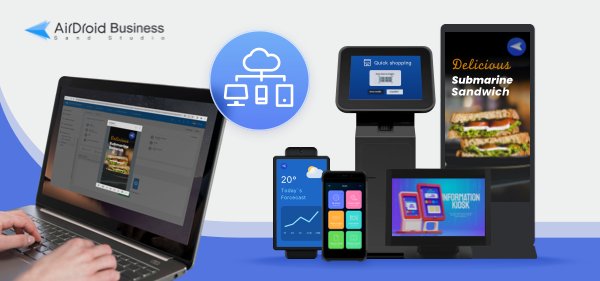
2Type 2. IoT Remote Monitoring Software
IoT remote monitoring software is used explicitly for devices in different organizations and work environments. These software solutions help optimize the remote management and monitoring of these Internet of Things devices, reducing errors, improving efficiency and optimizing costs.
Main Features
- Data Monitoring: IoT monitoring software remotely accesses data from IoT devices and sensors in real-time to identify and check performance factors. It also helps in effective decision-making.
- Device Management: It allows admins to remotely access IoT devices to manage settings and customizations as required. Admins can verify and disable various device functions to ensure security, enabling remote troubleshooting.
- Data Analytics: It facilitates admins with multiple tools to get detailed insights into devices and data to optimize operations and performance.
- Integration capabilities: IoT is designed with enhanced capabilities to integrate with various software and hardware components to achieve more productive results. This might include integration with ERPs, LMSs, and CRMs.
- Security: It enforces strong security measures, such as data encryption, certifications, and authentication policies, to ensure robust security for enrolled devices.
- Scalability: Most IoT remote monitoring software is developed for different organization levels, enabling businesses to efficiently manage the number of devices enrolled in the system without extra costs for managing newly added devices.
- Alerts and notifications: IoT monitoring software sends alerts to administrators and technical teams to take immediate and preventive measures when a defect occurs, which can damage the whole system.
Brief summary
- The implement of Remote monitoring needs to integrate with hardware and software to provide seamless monitoring support.
- Hardware components include sensors installed with the devices or machines that collect data on various parameters, such as soil quality checking sensors.
- RMS accesses these sensors to collect information.
- Furthermore, it is integrated with software to visualize, analyze, and process the collected data.
- So, integration with software and hardware components is crucial to ensure maximum monitoring support.
3The Role of Remote Monitoring System in Business
Observation - Real-time Monitoring
Every business has IT staff or technical team who work to administer official devices available at various locations. RMS provides continuous monitoring of IoT and smart devices in real time to ensure safety and optimization for different industries.
It includes monitoring bulk devices remotely to identify multiple factors related with specific business. For example in healthcare industry, medical staff uses RMS to remotely monitor patient health factors in real-time and provide emergency treatment accordingly.
Detection - Identify Potential Issues
RMS enables admins to access any device from a remote location. Admins or the IT staff remotely access managed devices and customize settings or perform other operations to troubleshoot technical issues. For example, an IoT device installed in a shopping mall is unable to process transactions due to network issue. IT teams can remotely control the device to troubleshoot internet or other issues in short time.
Data Collection and Analysis
RMS access to various software and applications on digital devices allows admins to access data. This data collection helps to analyze various working conditions and needs. For example in healthcare industry, data collection streamlines remote patient monitoring process by medical staff. They can check previous history of the patient and immediately take action to recover his health.
Reporting
Different RMS software has unique ways of analyzing data and presenting reports that are easily readable and understandable. The dashboard presents different graphs to showcase various factors related to the device performance, changes in external environment, data consumption and network status in IT companies regularly.
Compliance
Every industry has strict rules and regulations that concerned businesses must follow. RMS provides a secure and optimal business management system that covers maximum regulatory requirements by allowing customization of policies especially for device security, confidentiality, and privacy of data.
4Good to Know
The remote monitoring system is increasingly adopted by most organizations worldwide as it enables them to ensure uninterrupted real-time monitoring of digital devices with detailed insights to analyze the data.
In the healthcare industry, remote patient monitoring systems facilitate them with advanced health facilities more efficiently. Insider Intelligence estimates 70.6 million US patients, or 26.2% of the population, will use RPM tools by 2025.
RMS has also been beneficial for remote monitoring of solar power plants and fire protection units. The primary reasons for wide adaptability are that it delivers a high accuracy rate, automated and direct data collection, complete visibility, alerts, data backup and work efficiency.






Leave a Reply.